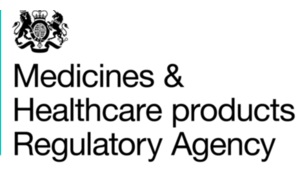18. Is it necessary to perform an investigator site initiation visit?
The site research team musta be suitably trained to undertake the trial activities. There should be a documented process to demonstrate that the sponsor has ensured that the investigator site research team is suitably trained, set up and ready to conduct the trial. Whilst this is often done with a specific initiation visit and sometimes a meeting of investigators, this may not always be necessary. Specific training could be done centrally via telephone or video-conferencing or using web-based approaches. Training and initiation packages could be sent to the site containing manuals/instructions and checklists to complete and return. The level of training needed would be dependent upon the experience of the site staff and the complexity of the trial. The level of instruction given to the trial site staff at this stage and during the initial stages of conducting the trial is likely to influence the compliance level of the site. Remote training may have risks as it will be reduced in length and may be harder for the trainer to identify any lack of understanding, particularly if it is done without any interaction (e.g. web presentation). The sponsor is recommended to retain evidence of the training given and ideally, evidence of the effectiveness, i.e. the understanding of the site staff, of the training provided. Again, it is recommended that the risk assessment considers the need for site initiation and training. It is also recommended that there is the means to address the training of new staff or re-training of existing staff if the need arises.
a. SI 2004/1031 (as amended) Regulation 28 (1) and (2), Schedule 1, Part 2, (2)
Version 1: 22 February 2013






